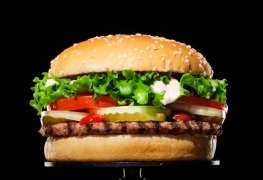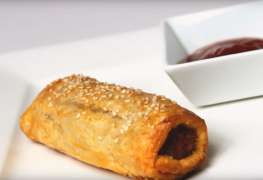 Whether it's soda in a vending machine, French fries in the à la carte line of the cafeteria or candy bar fundraisers, many schools allow students to consume fast food and junk food during lunch and throughout the school day. Allowing fast food in schools decreases student consumption of healthful foods, which might lead to obesity and teaches poor eating habits.
Whether it's soda in a vending machine, French fries in the à la carte line of the cafeteria or candy bar fundraisers, many schools allow students to consume fast food and junk food during lunch and throughout the school day. Allowing fast food in schools decreases student consumption of healthful foods, which might lead to obesity and teaches poor eating habits.
Federal Nutrition Requirements
Federally financed food programs such as the National School Lunch Program and School Breakfast Program are required to meet certain nutrient requirements. However, food that is not served as part of these programs, such as food served at snack bars and vending machines, does not have to meet these nutrient requirements. In addition, à la carte cafeteria lines allow students to purchase some federally financed foods without selecting a balanced meal.
Advantages of Fast Food in Schools
Fast food sales might help schools raise money for extracurricular activities, such as sports teams or field trips. In addition, students often prefer eating fast food instead of traditional cafeteria fare.
Disadvantages of Fast Food in Schools
Students who have access to fast food during the school day are more likely to eat high-fat foods and sugar-sweetened beverages, according to a study of six alternative high schools published in "Preventing Chronic Disease." A 2006 study in the "Journal of the American Dietetic Association" found that students who have access to vending machines in schools are more likely to consume sugar-sweetened beverages.
Having a fast food restaurant next to a school increases the obesity rate of a school, according to a 2009 study at the University of California, Berkeley. In addition, students who eat unhealthy food at school are more likely to eat unhealthy food at home, contributing to life-long nutritional problems.
Encouraging Healthy Eating
Schools can encourage healthy eating by not selling fast food or soda. In addition, schools can make healthy options more appealing by choosing local food, getting students involved in growing food, presenting food attractively and getting student input on dishes.
Prohibiting food and beverage marketing and designing cafeterias to make healthy food convenient and accessible also might encourage healthy choices. Finally, giving students more time to eat and creating a relaxing environment in the cafeteria might encourage healthy eating.
By: Rebekah Richards








Leave a comment